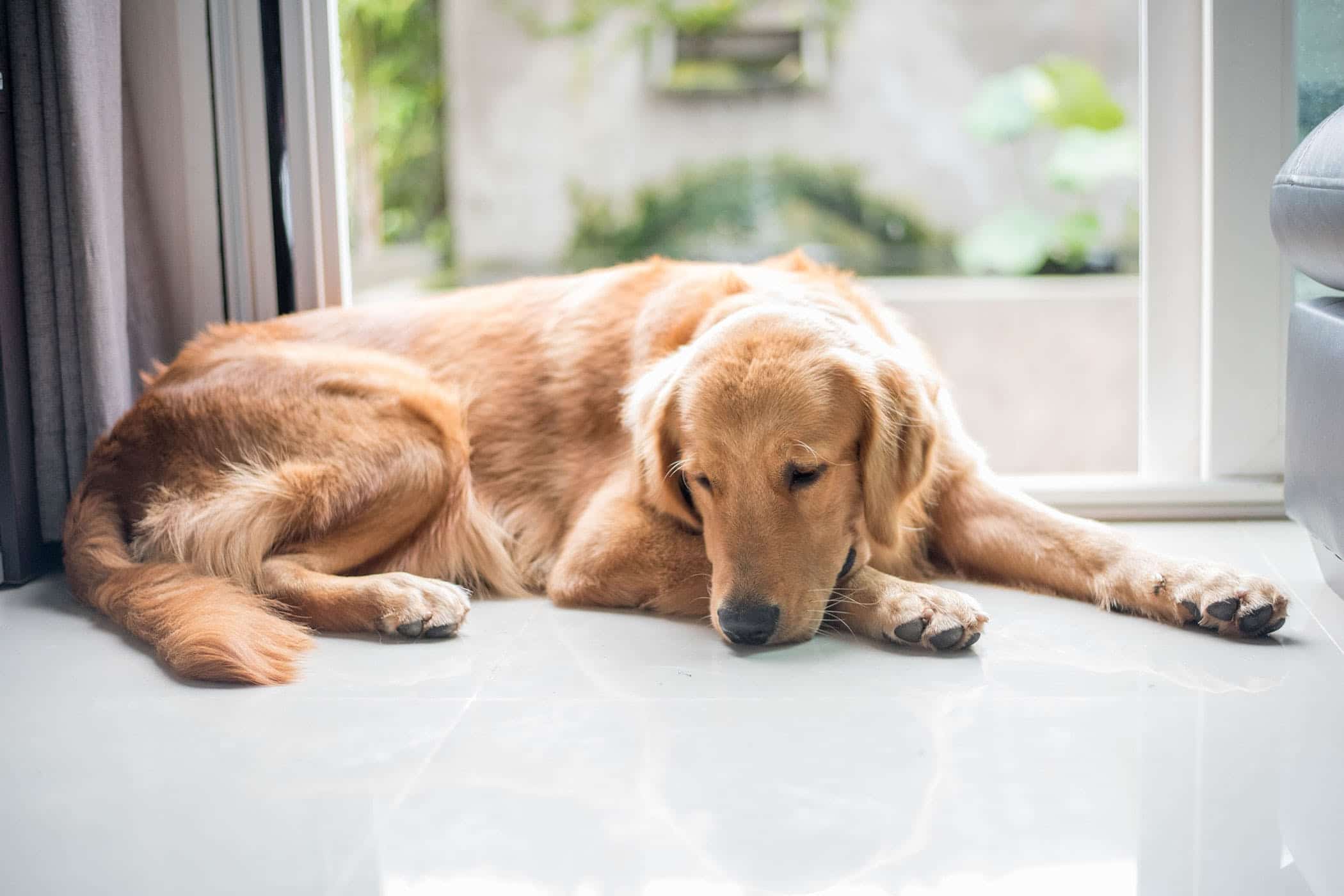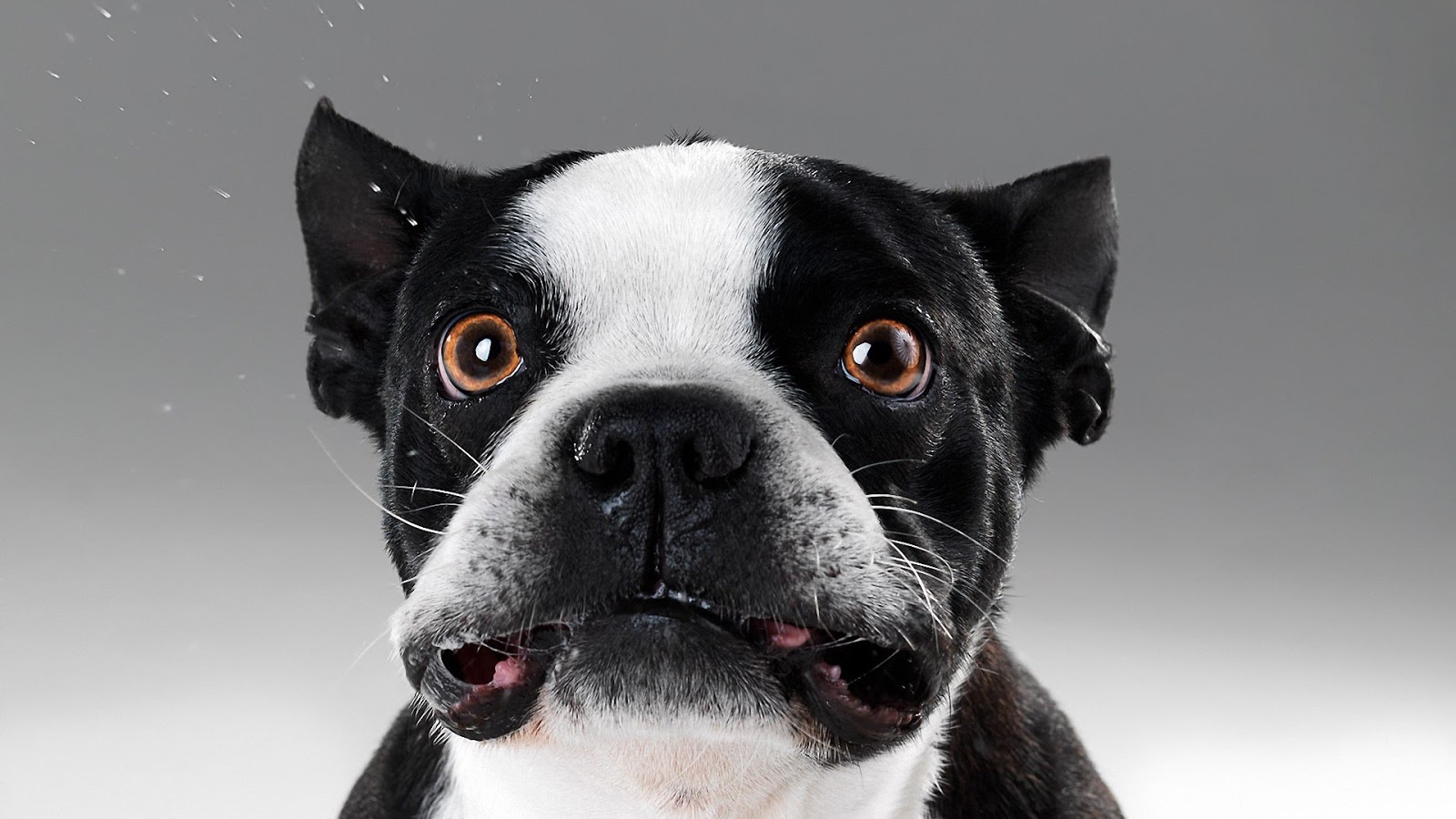
Nowadays, the home where we do not find a dog or cat is rare. So, It is likely that at some point in our lives we will find ourselves in the situation that we have to transfer an injured dog, to our dog, or to a dog that we have met on the street or from a relative.
It does not hurt to know how to transfer an injured dog since every day we live with more dogs. Even if you are a volunteer in an animal shelter it can be very useful, because many dogs fight each other, or they arrive injured.
What happened to the dog?
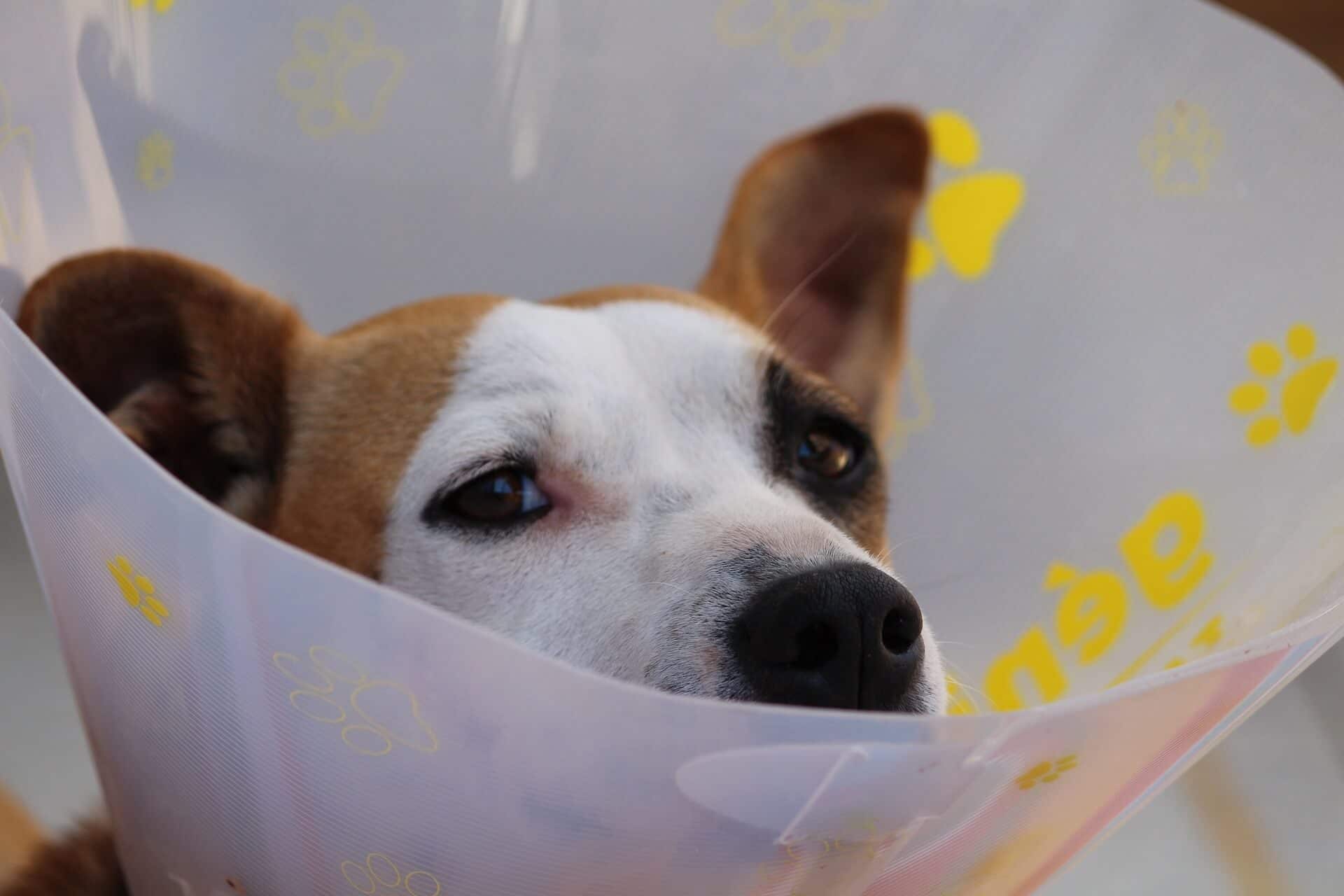
First of all we must know what has happened to the dog to know how to help him. It is not the same that you have been run over, possibly have different bruises all over your body, than that you have injured a leg or that you have been burned with boiling oil while we cook.
Depending on the situation we will adapt to it. Before approaching, observe it from a safe distance where you can see which part of the body has injured.
How do I approach and immobilize an injured dog?
Once you have located where the injured person is, gradually approach the dog. You should do it without sudden movements and speaking in a soft and slow voice. If you have a strap you can take it upside down and make it a slip knot, so we can control that it does not escape. You must be careful that it bites you, It is normal that sometimes dogs when they are in shock or in great pain can try to bite us, even those that are of noble character. Even if you have a chance to muzzle him, you could put it on.
In the event that you do not have a muzzle on hand, you can improvise one with a bandage or a cloth handkerchief. You have to pass it under the muzzle of the animal and make a loop over it, the rest of the scarf is tied behind the ears. In the case of snub-nosed dogs, a towel can be worn around the neck, if the dog is panting, do not cover its muzzle.
The immobilization of the injured dog to move it will depend on the type of damage it has and the state in which the animal is. You can move it in the following ways:
- Using a carrier. If possible, it is one of the best options, since the dog there will move as little as possible. This way it will be safer for the dog and for you.
- Carry it in your arms. If the dog has a relatively small wound, is calm and the journey to the veterinary center is short, you can choose to carry it in your arms, being careful not to touch the injured area of the body. Although this option is not the most indicated since the animal can get nervous at some point and jump out of your arms, or inadvertently you can hurt it.
- On a makeshift stretcher. If you have a board or a blanket on hand, it is the best option, for example, for a dog injured in a car accident. Or, in the case of large dogs it is the perfect option.
And if the injured dog is large, how can I move it?
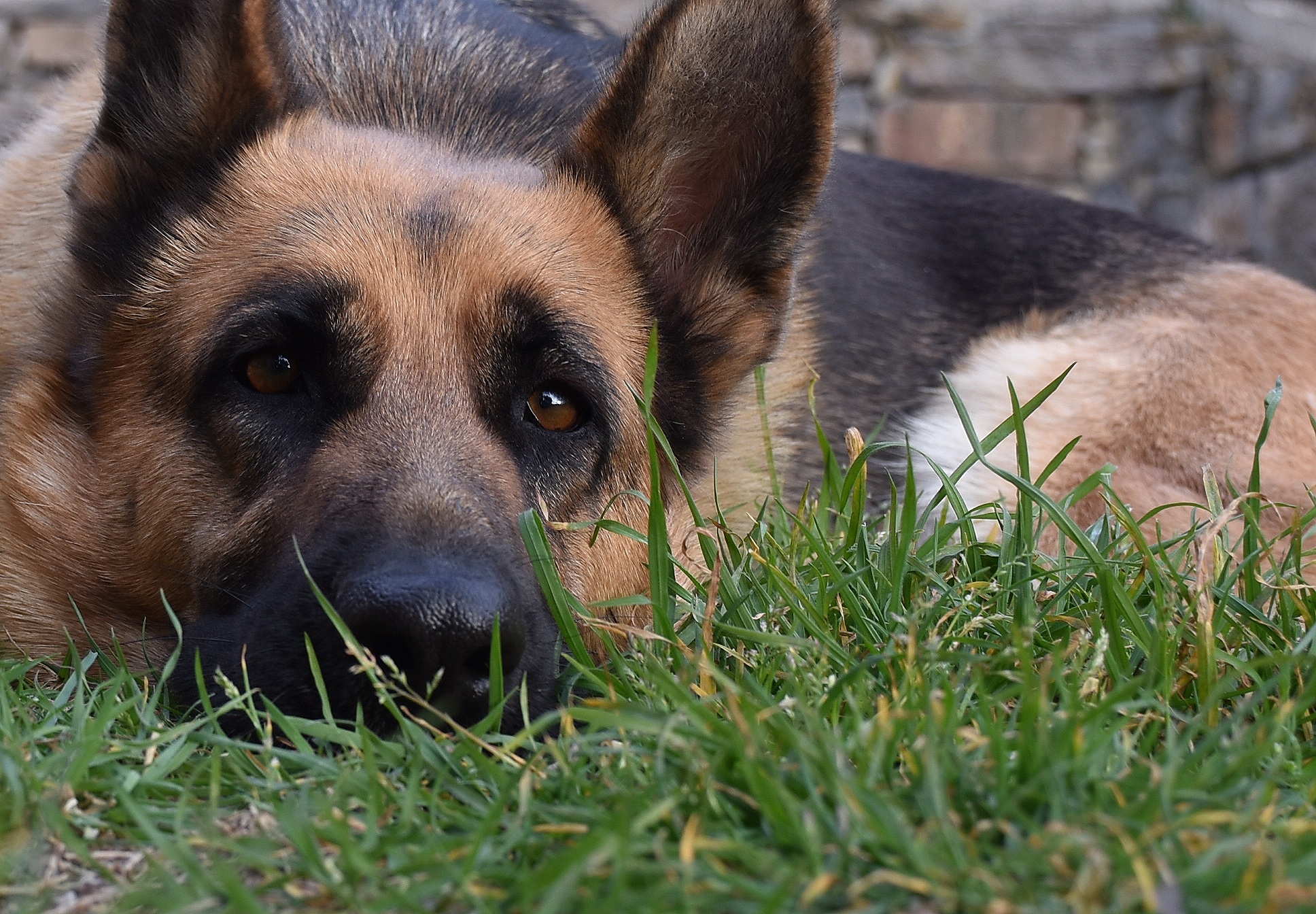
If the dog is big how can it be a German shepherd, we explain how to do it both with the help of another person and without help. If someone else can help you, use something rigid, for example a board, to be able to carry the dog. Both at the same time and being careful not to bend the body of the animal, put the dog on one of its sides. You can use a towel, a rag or a rolled up jacket to put it behind, on the back of the dog to prevent it from tipping over on itself.
If you don't have someone else's help to move the dog, then he positions the dog lying on one of its sides. Then place a board or blanket along its back. Now you have to position yourself behind the dog. With one hand, firmly grasp the dog by the fold of skin on its neck, while with the other hand you grasp it by the hips. Move the dog carefully towards the table and now you can transport it by lifting one side of the table.
This last technique to catch it you should only do it if you are alone and as long as the animal has not suffered any damage to the spine as it can cause more damage. Therefore, Always ask someone else for help if you find yourself in the situation of having to transport a large injured dog.
And if the dog has been run over
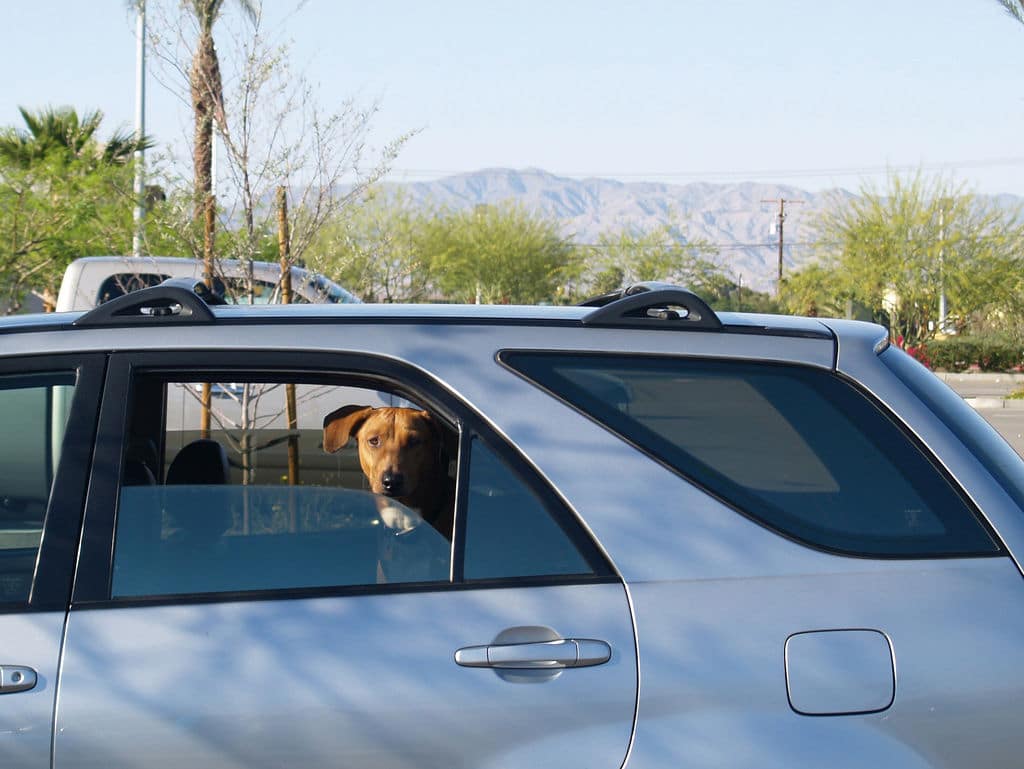
If the animal can move, you just have to take a strap with a slip knot and carry it carefully on foot, if it is possible to walk. If it cannot walk, then take a blanket or board to place the animal on top, keep the dog's body straight, and the head down without forcing it because it could have cervical damage. Never raise the hindquarters above the rest of the body, the diaphragm could be broken and with this movement the organs of the thoracic cavity would penetrate the abdominal cavity.
If possible, have another person help you to mobilize the dog, ideally it should be done between two people. Avoid touching the abdomen and chest. You can catch it by passing your forearm across the back of your thighs and in front of your chest, at the same time you stick it to your body. In this situation it is also quite useful to transport it with a stretcher or board, regardless of size, since we keep it firm. Another option that you can use is the trays of the trunks of the cars or the trays that bring the cages to transport dogs.
If it is bleeding, you can put pressure on the wound to cut off the blood flow. But don't plug if it bleeds from the ears or nose. In the event that it has a visible broken bone, do not try to reposition it, you can worsen the situation of the animal. On the other hand, something quite common in traffic accidents is that the pads are injured and bleed. Therefore, it is advisable that you sell the leg firmly before taking it to the vet.
I hope it has been useful for you to know how to transfer an injured dog. Remember that if your dog is injured you can call the nearest veterinary center you have. They can tell you what to do with your dog on your way to the clinic.
